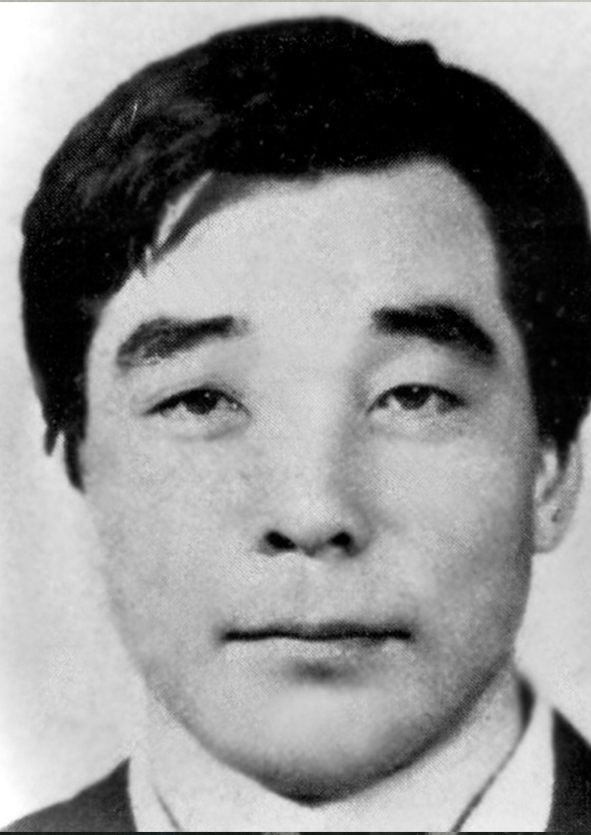Biography
Uno dei più importanti registi coreani degli anni '60 e '70, Lee Man-hee, si è affermato come maestro del cinema di genere. Nato nel 1931, ha debuttato come regista in proprio con nel 1961. Il suo terzo film, (1962), portò Lee al successo commerciale e il suo compito successivo fu quello di rivoluzionare la scena coreana di genere, in particolare con l'horror e il film noir , entrambi del 1964. Non essendo uno che si attiene a una formula ben precisa, Lee si è fatto notare anche come regista artistico, dirigendo la classica storia d'amore (1966) e concludendo la sua carriera con il road movie (1975). Morì di cirrosi epatica prima dell'uscita del film. LEE ha girato più di 50 film nella sua vita e ha lasciato la figlia LEE Hye-young, che è diventata un'attrice famosa negli anni '80.
A Road to Sampo(1975), A girl who looks like the sun(1975), The wild flowers in the battle field(1974), Cheongnyeo(1974), The Midnight Sun(1972), 4 o'clock Nineteen fifty(1972), Japanese pirate(1972), Break up the chain(1971), Life(1969), A Day Off(1968), A Journey(1968), Swindler Mr. Heo(1967), Homebound (1967), The Starting Point(1967), Miracle(1967), Legend of Ssarigol(1967), A Water Mill(1966), Full Autumn(1966), Unforgettable Woman(1966), The Seven Female POW's(1965), Heukmaek(1965), The Market Place(1965), Heilong River(1965), Black Hair(1964), The Chaser(1964), Where Can I Stand(1964)?, The Devil's Stairway(1964), The Intimidator(1964), The Marines Who Never Returned(1963), Don't Look Back (1963), The Twelve Nyang Life(1963), Call 112(1962), Until I Die(1962), Kaleidoscope (1961)

